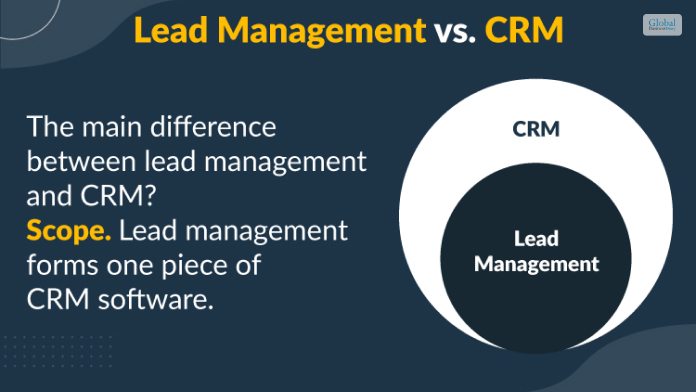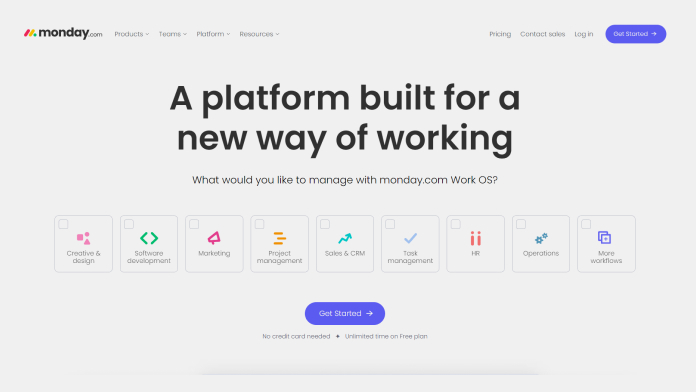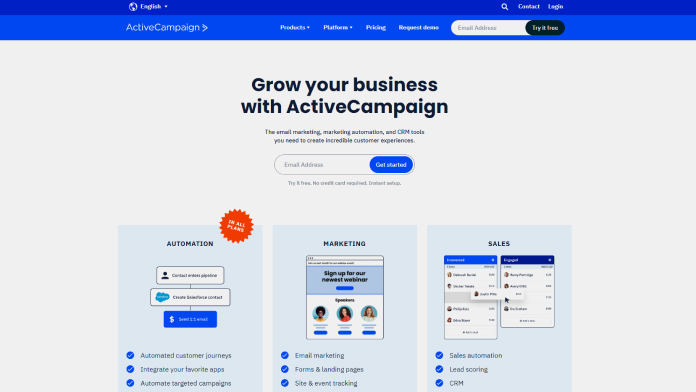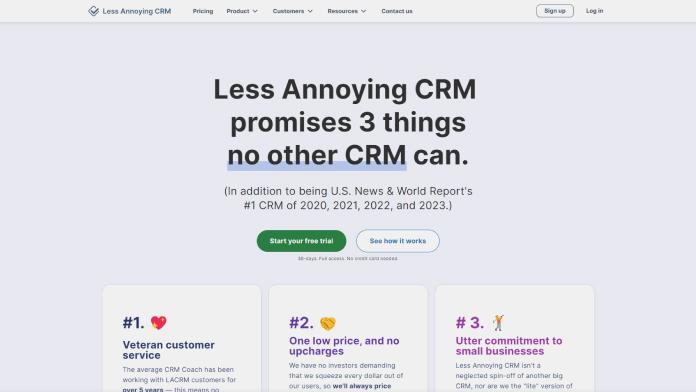Maximizing Lead Conversion: Best Lead Management Software To Generate More Sales

Lead management comprises a variety of methods, processes, and practices, with the help of which businesses acquire new clients. This process is also called Customer Acquisition Management. There are many lead management software which are popular among both small and large businesses.
These software systems come with tools that are created to fulfill the needs related to lead management processes. In this article, you will get a lead management software list, along with a description of the lead management software features. Furthermore, you will get some general details about each of these software systems. Hence, to learn more, read on through to the end of the article.
What Is A Lead Management Software?

Lead management is one of the most important processes of a business in today’s day and age, especially if your business is based on the Internet. To manage leads, you will also need to get access to simple software-based tools that help you to maintain the client database and sales lead.
According to an article on ActiveCampaign.com,
“At its core, lead management software is a digital hub that consolidates and organizes all lead-related information. The software collects and stores valuable data about leads, including contact details, demographics, and interaction history.”
Lead management software allows your business to find and get leads from different sources, including landing pages, website forms, social media platforms, and other platforms where marketing is possible. With such software, you will also be able to score leads and increase your prospects.
Lead Management Software Vs CRM: What Is The Difference?

While lead management software allows you to collect data, identify prospects, and close deals on sales, CRM software is helpful when you already have an existing customer base. In the latter system, you can consider the sales approach only if you have a database of customers.
However, there are many new Lead management CRM software options available that allow you to do both jobs, including lead management and customer relationship management. According to SoftwareTestingHelp.com,
“Certain software tools combine the services of lead management and CRM as the former leads to later, but CRM can never be a part of lead management. Lead Management vs. CRM is similar to Prospective Customers vs. Existing Customers.”
Lead management software, as well as CRM software, provides you with a lot of benefits. It empowers you to find, capture, convert, and track leads in the best way possible. You can make your lead management processes much more effective with the help of such software systems and hence increase the chances of converting your leads into purchasing customers.
The Best Free Lead Management Software In 2023
If you are looking for the best lead management software systems, you must consider a variety of factors before you make the purchase. These will help you to ensure that the software you are choosing is catering to the needs of your business.
The first thing you must try to find in lead management software is flexibility and scalability. The software must be able to handle higher volumes of data. Furthermore, the software must be easy to use as well. Additionally, the software must come with all the latest features that are required from top lead management software and enable faster work processes.
The following are the top lead management software options that you must look for in 2023:
1. Monday.com

Whether you have a small business or a large business, this platform is a great option for you. One of the best features of this platform is pipeline management. Furthermore, it comes with great flexibility and security. Apart from that, the software supports integration, and you can customize it as per your needs.
2. ActiveCampaign

This software comes with numerous exceptional features and top-grade capabilities. One of the major aspects of this software is its ability to automate. As per the claims of its official website,
“With its intuitive interface and powerful automation tools, ActiveCampaign enables businesses to nurture and convert leads into paying customers.”
3. Salesforce Pardot

Although a great option for medium-sized businesses, large businesses can use the software too. Pardot is a standalone application and comes with a variety of branching software systems. If you need a lot of email campaigns as well as a large database, you must choose Salesforce Pardot over anything.
4. Zoho CRM

One of the most popular CRM systems also offers beneficial lead management options. Furthermore, this platform has a lot of other apps with other individual features, and all of them are already integrated with one another. Furthermore, SoftwareTestingHelp.com reviews –
“The Company provides great customer support. The product is value for money and includes good features that suit various businesses.”
5. Less Annoying CRM

If you want a simple and all-encompassing lead management and CRM software, then you must go for Less Annoying CRM. One of the best things about the software is that the pricing is straightforward, and the usage does not need a learning curve. Furthermore, setting up the software is also really easy.
6. LeadSquared

Although a useful lead management and CRM software, LeadSquared is a platform that comes with different software services as well. This is a great option for startups and small businesses. The pricing is also not very high, which can be a relief for small businesses looking for growth.
7. Hatchbuck

Hatchbuck is a CRM software that also offers you lead management options. The great thing about this software is that it is easy to use and does not require any learning curve. According to MotleyFool.com,
“The solution offers an abundance of marketing and sales automation at a relatively low price, which makes Hatchbuck a great first system for small business marketing professionals and more novice marketing technology users.”
Final Thoughts
If you are looking for useful and long-term lead management software, you must choose from the options above. Hope this article was helpful to you in giving you a better idea of which software systems to purchase. Do you know of other great software for lead management? Share your views with us in the comments section below.













